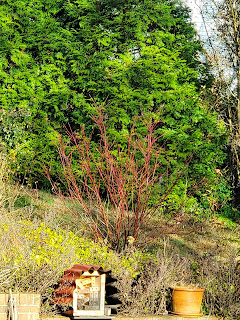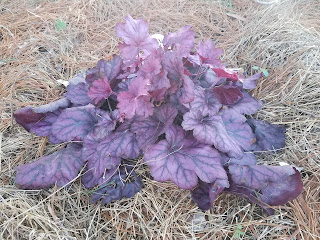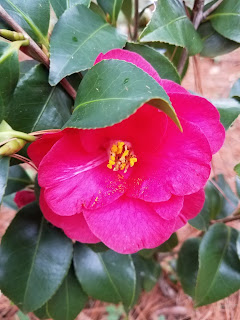Often people are very concerned that these structures are killing their trees. Good news! If you have any of these on your trees, they're called lichen, and they do not hurt trees.
Lichen can come in a variety of shapes and textures, but all of them are a symbiotic relationship (meaning two different organisms living together and both benefiting) between a fungus and an algae. The algae photosynthesize (produce sugars through the use of sunlight) to produce nutrition for both organisms, and the fungus provides a moist environment to keep the algae from drying out and dying.
Because they are self-supporting, lichen simply use your trees as a place to grow and are not harming or hurting the tree. Because they do not actually need anything from the tree, you can find lichen growing on brick walls, building sides, rocks, and anywhere that is relatively shady and moist.
So the good news is that lichen isn't hurting your tree! Unfortunately, that isn't the whole story. Lichen often do grow on trees that are already suffering from some other ailment. That's why it can appear to us that the lichen are hurting the tree, but the fact is that the tree was already not doing so great. Lichen just find that a very comfortable spot to grow!
If your tree is suffering, you can troubleshoot some other ideas to see if you can help it. Each tree, and its environment, are totally unique, so there's no one answer to solve the question. Sometimes lichen grow on perfectly healthy trees, as well. Start looking for signs of drought and think about any root disturbances in the past 5 years. That can sometimes offer some clues. You can also check your tree for signs of insect infestation or disease. When in doubt, you can always call a certified arborist, someone trained in all aspects of tree health, and have them come take a look.
Many trees live long lives with lichen on them, so do not despair. The other bright side of the picture is that research shows that lichen typically only grow in areas with healthy, clean air. So, if you have a lot of lichen, your air quality is in good condition.





































